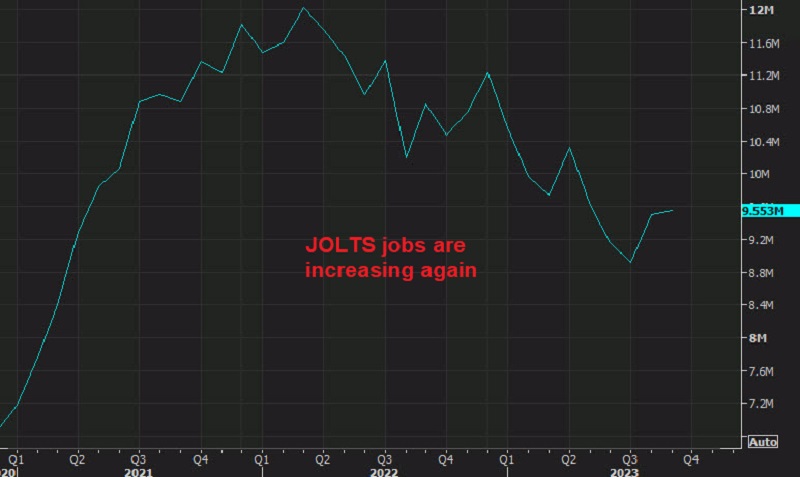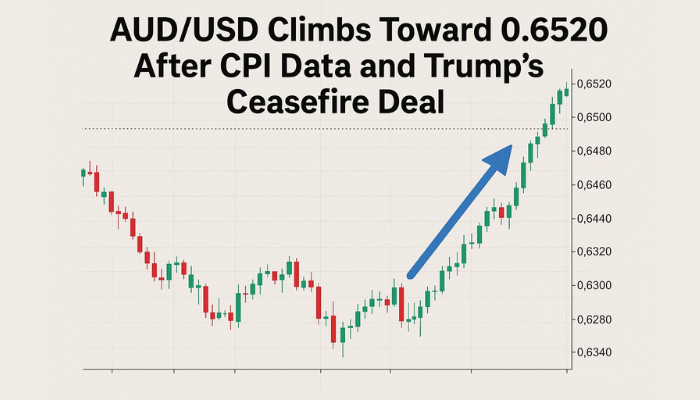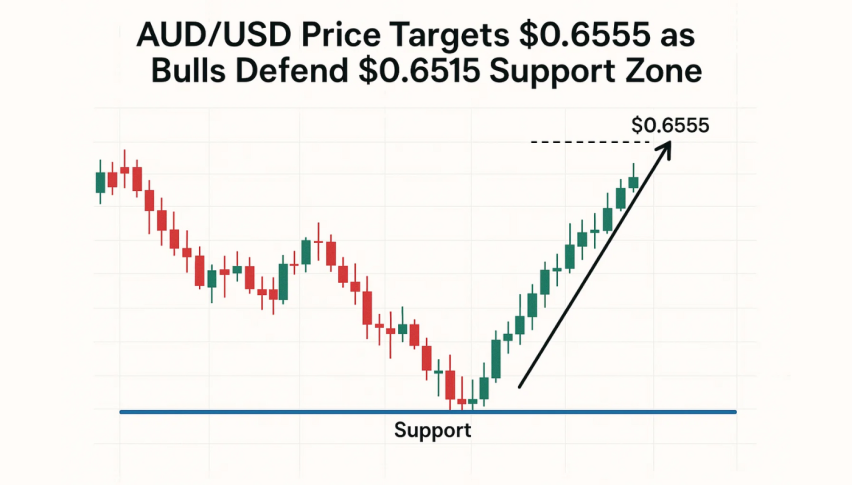US Labour Market Continues to Remain Tight, Keeping the USD in Favour
Yesterday the JOLTS job opening beat expectations, while the ADP figures missed them, but they did increase from last month

The US labour sector has been the strongest one during these hard times, being one of the reasons the FED has been hawkish, so employment reports have been in center stage. Yesterday we had two employment reports, with the ADP being released first. It showed an increase but missed expectations, although that’s not a very important report.
The JOLTS job openings report is released on Tuesdays usually but it was issued on a Wednesday this month, following the ADP private sector employment report and only a few hours before the FED’s monetary policy statement. After slowly dropping from 10.3 million to 8.9 million between April and July, job opportunities increased significantly to 9.6 million in August.
This surprise gain, together with the remarkable 336,000 increase in Nonfarm Payrolls in September, demonstrated that labor market conditions in the United States remained quite tight. The increase in the Employment Cost Index is another positive thing for the USD, but yesterday the FED didn’t give much away and repeated the same things, so we’ll have to watch the other data this week for direction.
JOLTS Job Openings for September 2023 Details
- JOLTS job openings for September 9.553M versus 9.250M expected
- Prior was 9.61m (revised to 9.497m)
- Hires 3,7%% vs 3.7% prior at 5.9M
- Separations rate 3.7% vs 3.6% prior
- Quits 2.3% vs 2.3% prior
US Employment Cost Index for the 3Q of 2023
- Employment cost Index at for Q3 1.1% versus 1.0% expectation
- Prior quarter Employment cost Index was 1.0%
- Employment cost index 1.1% versus 1.0% expected
- Wages 1.2% versus 1.0% last quarter
- Employment benefits 0.9% versus 0.9% last quarter
Looking at the chart above, prior to Covid, the QoQ increases were below the 1.0% level. Since 2021, most of the increases have been above 1%.
Other details:
12-Month Period Ending in September 2023:
- Compensation costs for civilian workers increased by 4.3%.
- Wages and salaries increased by 4.6%, down from 5.1% in the previous year.
- Benefit costs rose by 4.1%, compared to a 4.9% increase in the previous year.
Private Industry Workers:
- Compensation costs increased by 4.3% over the year.
- Wages and salaries rose by 4.5%.
- Benefit costs increased by 3.9% for the 12-month period ending in September 2023.
- Inflation-adjusted compensation costs in the private sector increased by 0.6%.
Private Industry Occupational Groups:
- Compensation cost increases ranged from 3.9% for production, transportation, and material moving occupations to 4.5% for service occupations.
Industry Supersectors:
- Compensation cost increases ranged from 3.7% for manufacturing to 4.9% for education and health services and other services, except public administration.
State and Local Government Workers:
- Compensation costs increased by 4.8% for the 12-month period ending in September 2023.
- Wages and salaries rose by 4.8%.
- Benefit costs increased by 4.7% over the year.
- Check out our free forex signals
- Follow the top economic events on FX Leaders economic calendar
- Trade better, discover more Forex Trading Strategies
- Open a FREE Trading Account



